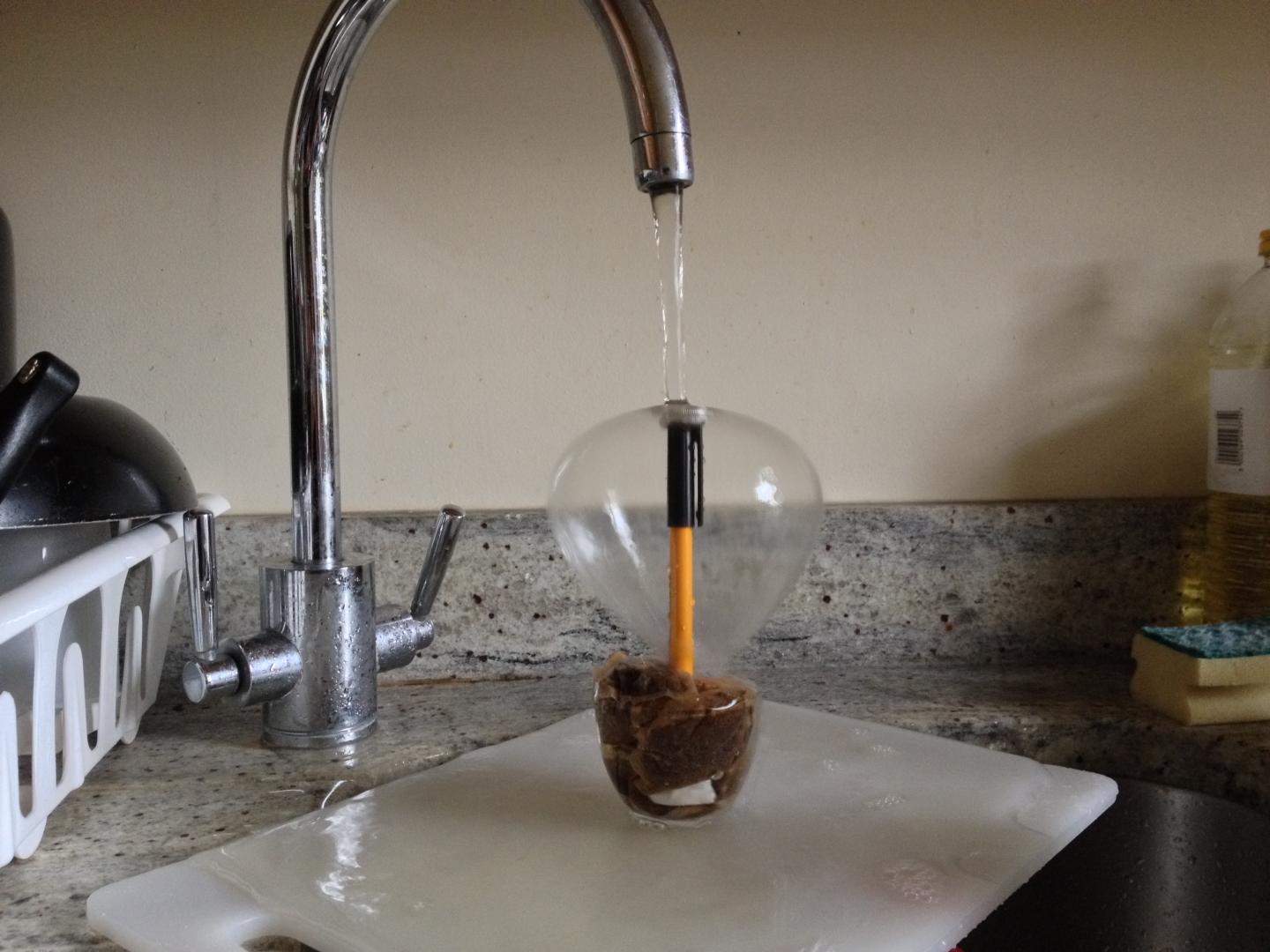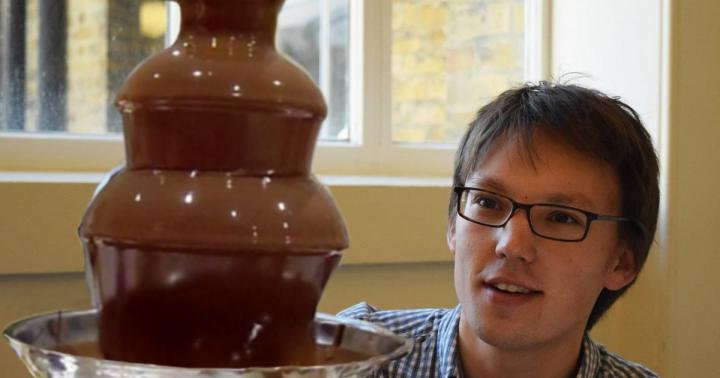Your support helps us to tell the story
From reproductive rights to climate change to Big Tech, The Independent is on the ground when the story is developing. Whether it's investigating the financials of Elon Musk's pro-Trump PAC or producing our latest documentary, 'The A Word', which shines a light on the American women fighting for reproductive rights, we know how important it is to parse out the facts from the messaging.
At such a critical moment in US history, we need reporters on the ground. Your donation allows us to keep sending journalists to speak to both sides of the story.
The Independent is trusted by Americans across the entire political spectrum. And unlike many other quality news outlets, we choose not to lock Americans out of our reporting and analysis with paywalls. We believe quality journalism should be available to everyone, paid for by those who can afford it.
Your support makes all the difference.Have you ever been consumed by the secrets of how chocolate behaves in a chocolate fountain? Ever wondered why the falling ‘curtain’ of that deliciously creamy treat surprisingly pulls inwards rather than going straight downwards? That’s what we thought.
Well, now, thanks to a University College London mathematician, you will wonder no more as the conundrum of that converging curtain has finally been lifted by 25-year-old student Adam Townsend.
As part of his MSci project, the student co-authored a paper - which has been published in the European Journal of Physics - looking at some classic work on ‘water bells’.
The report’s second author, Dr Helen Wilson - who supervised Townsend’s project - assured science enthusiasts that water bells can be built “really easily in your kitchen.” She explained: “Just fix a pen vertically under a tap with a ten pence coin flat on top and you’ll see a beautiful bell-shaped fountain of water.”

The physics of the water bell is exactly the same as the falling curtain of chocolate, and the reason the chocolate falls inwards turns out to be - wait for it - primarily surface tension. There you go.
The pair also looked at the flow up the pipe to the top of the fountain, and the flow over the plastic tiers which goes on to form that distinctive chocolate fountain shape.
Describing how both the chocolate fountain and water bell experiments are “surprisingly simple to perform,” Dr Wilson added: “However, they allow us to demonstrate several aspects of fluid dynamics, both Newtonian and non-Newtonian.”
Townsend acknowledged how the project incorporated serious maths which were then applied to a fun problem. He said: “I’ve been talking about it at mathematics enrichment events around London for the last few years. If I can convince just one person that maths is more than Pythagoras’ Theorem, I’ll have succeeded.”

Despite leading us to believe the secrets of the chocolate fountain had been unlocked, turns out there’s still a lot more to learn from the way that ever-mysterious curtain changes over time.
Dr Wilson said: “This was only an undergraduate project - modelling the chocolate fountain completely would need a lot more detail. Thankfully, individual strands - like the screw-pump flow up the pipe - have applications well beyond chocolate, and international teams are working on them now.”
Watch this space, folks.

Join our commenting forum
Join thought-provoking conversations, follow other Independent readers and see their replies
Comments